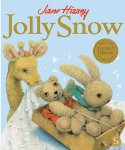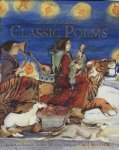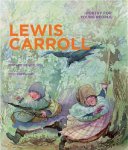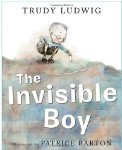The Rainbow Orchid: Volume one
 Garen Ewing
Garen EwingGraphic Novel
For ages 8 and up
Egmont, 2009, 978-1-405248532
Julius Chancer works as an assistant for Sir Alfred Catesby-Grey, a man who specializes in researching ancient and historical manuscripts and artifacts. One day an unscrupulous reporter comes to interview Sir Alfred and when he sees an orchid in Sir Alfred’s house he asks Sir Alfred if he plans on participating in the Wembley Exhibition, the world famous orchid exhibition. The reporter is very annoying, and in a fit of pique Julius mentions the rainbow orchid. He claims that the rainbow orchid is finer than the black orchid that is favored to win the competition. The black orchid is owned by a wealthy American businessman called Urkaz Grope.
Unfortunately, the reporter mentions the rainbow orchid in an article that he writes and the next morning Lord Reginald Lawrence comes to call. He usually wins the Wembley Exhibition with one of his orchids, but this year he has nothing exotic enough to beat Mr. Grope’s black orchid. Lord Reginald was playing cards (and drinking too much) with Mr. Grope a few weeks ago and made a terrible wager that he lost. Now, unless Lord Reginald wins the Wembley Exhibition with one of his orchids, he will have to give Mr. Grope a family heirloom that is tied to the family title and lands. In short, Lord Reginald will lose everything that he holds dear.
Lord Reginald had some to see Sir Alfred to ask him to find the rainbow orchid. It is said to be the most beautiful orchid in the world and therefore it will surely win the competition. The problem is that no one really knows if the orchid is a real thing, and where it might be found. Sir Alfred is convinced that it does exist not just because it is mentioned and depicted in a manuscript and on an ancient tablet, but because he actually met a missionary in Lahore who saw the orchid with his own eyes. The missionary believed that the plant grew somewhere in the mountains in the Hindu Kush.
Lord Alfred has no inclination to help Sir Reginald to find the orchid, but Julius does, and he and Sir Reginald’s daughter decide to go to the Hindu Kush to see if they can find the orchid. Their search is going to be a difficult one and they don’t have much time. What they don’t realize at first is that their mission is going to be even harder than they imagine because Mr. Grope is determined to prevent them from finding the rainbow orchid.
Set in the 1920’s, this marvelous graphic novel not only tells a fascinating story, but it provides readers with a picture of what it was like to live in the 1920’s. Complete with a movie star, a ruthless businessman, a nosy newspaper man, a young hero, and an irritating publicist, the narrative and artwork will delight readers who enjoy the Tintin adventures and other graphic novels that are set in the past.
















